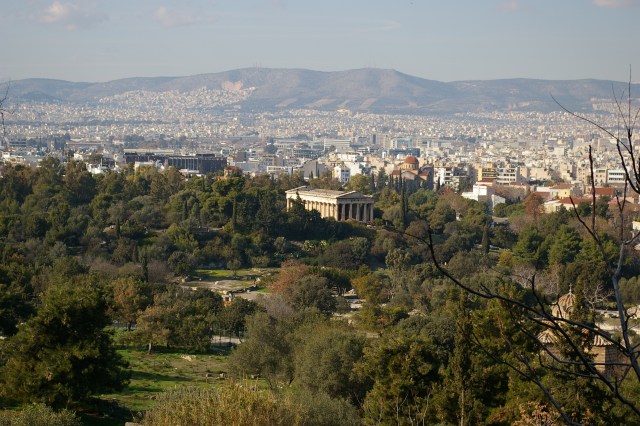During our trip to Bolivia, we had the opportunity to visit several different ancient Incan sites. Unlike some locations that restore the ancient ruins in an attempt to show what they would have looked like, most of the ruins in Bolivia are in the same state that they were when they were discovered. We actually enjoyed seeing them without the modifications so that we could appreciate how well they have withstood the elements over thousands of years. Unfortunately, when we visited Tiwanaku, there was actually damage to the ancient statues and walls as the local army had used them for target practice. These locations made for some of our favorite memories during our trip to Bolivia.



Incallajta – One of the tours that took while we were in Cochabamba, Bolivia, was to the ruins at Incallajta. They are some of the most well-preserved ruins in Bolivia and it really gives you a sense of how great the Incan civilization was. Sadly, not a lot is known for sure about the site and it seems that it is not often visited by tourists. The main temple building is massive and is probably an indication as to how important the site was to the Incan empire. In addition to being a ceremonial site, it was also the easternmost defensive fortification for the Inca, with a large wall to protect them from the rival tribes in the Amazon.



Tiwanaku – Walking through the ruins of Tiwanaku brings both a sense of fascination and yearning for more. This once great capital fills you with a sense of mystery, both because of the seemingly impossible building methods used by the inhabitants over two-thousand years ago as well as the lack of knowledge that we’ll ever have because of the condition of the ruins. Unfortunately, many of the stones that originally made up Tiwanaku are now used in the walls of the homes in the surrounding villages. It has also suffered from a lack of preservation by the Bolivian government despite the fact that it is a UNESCO World Heritage Site.



Island of the Sun and Moon – Taking a boat out to visit Isla del Sol (Island of the Sun) and Isla de la Luna (Island of the Moon) on Lake Titicaca in Bolivia is truly fascinating. The islands have many interesting ruins that pre-date the Inca empire and have been dated back to as far as 300 BC. The ruins are mostly of temples, but people lived on the islands as well. Island of the Sun is the larger of the two islands and there are even hotels where you can spend the night if you would like. If you just want to tour the islands and return to the town of Copacabana on the same day, it will take you about four to six hours.



We saw many other fascinating things during our trip to Bolivia, including the cities of La Paz and Cochabamba, our first exploration into the Amazon Jungle and a stay in an ecolodge, as well as a treacherous trip down Death Road. Even with all of those adventures, visiting these temples and ruins were still among the highlights of our trip.
























